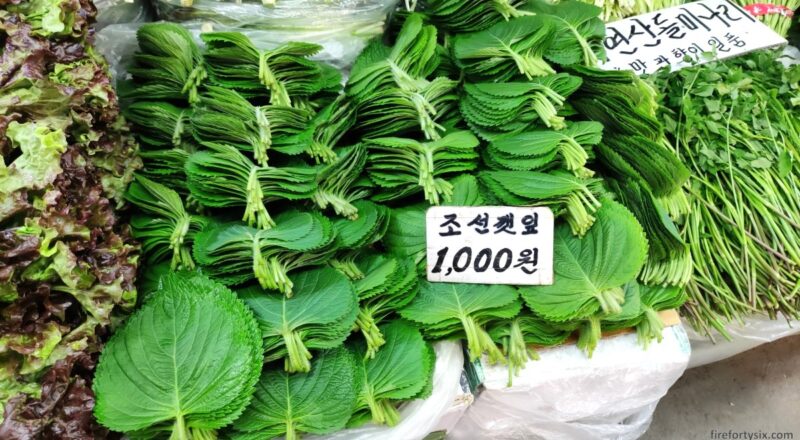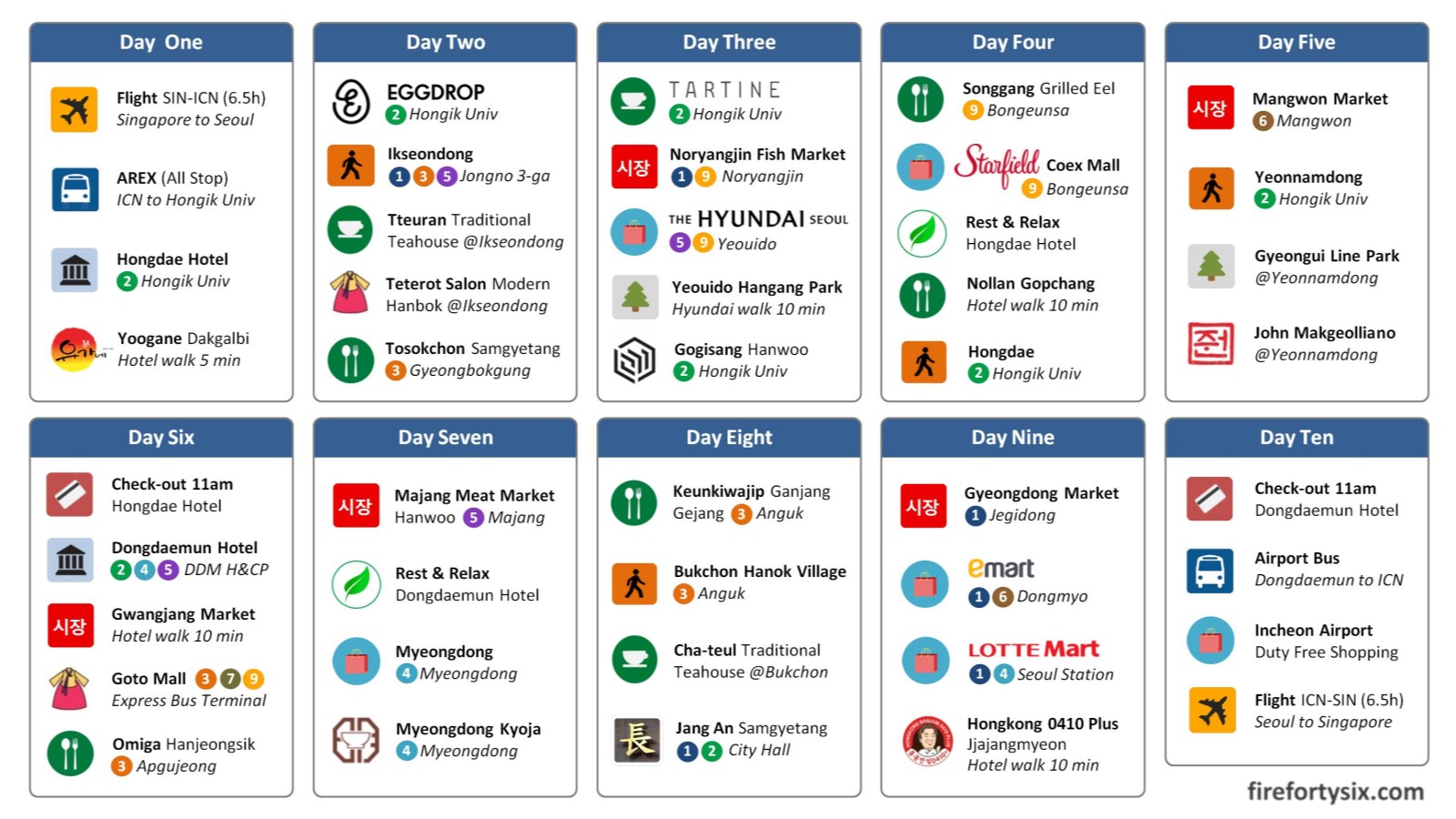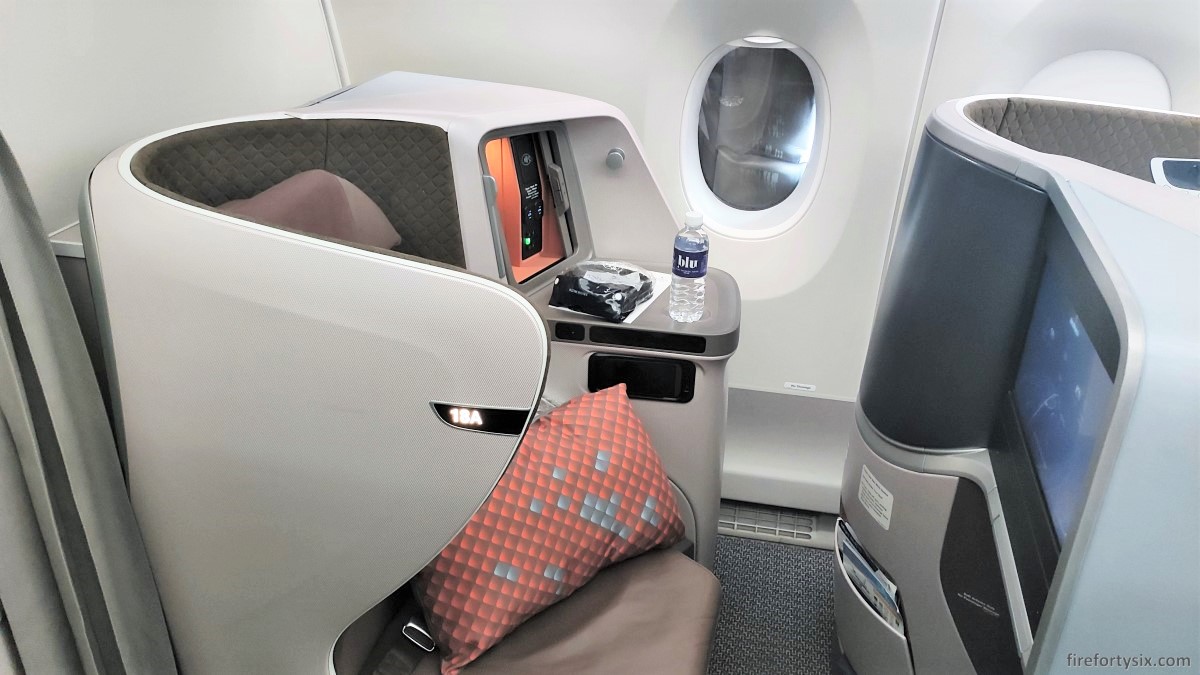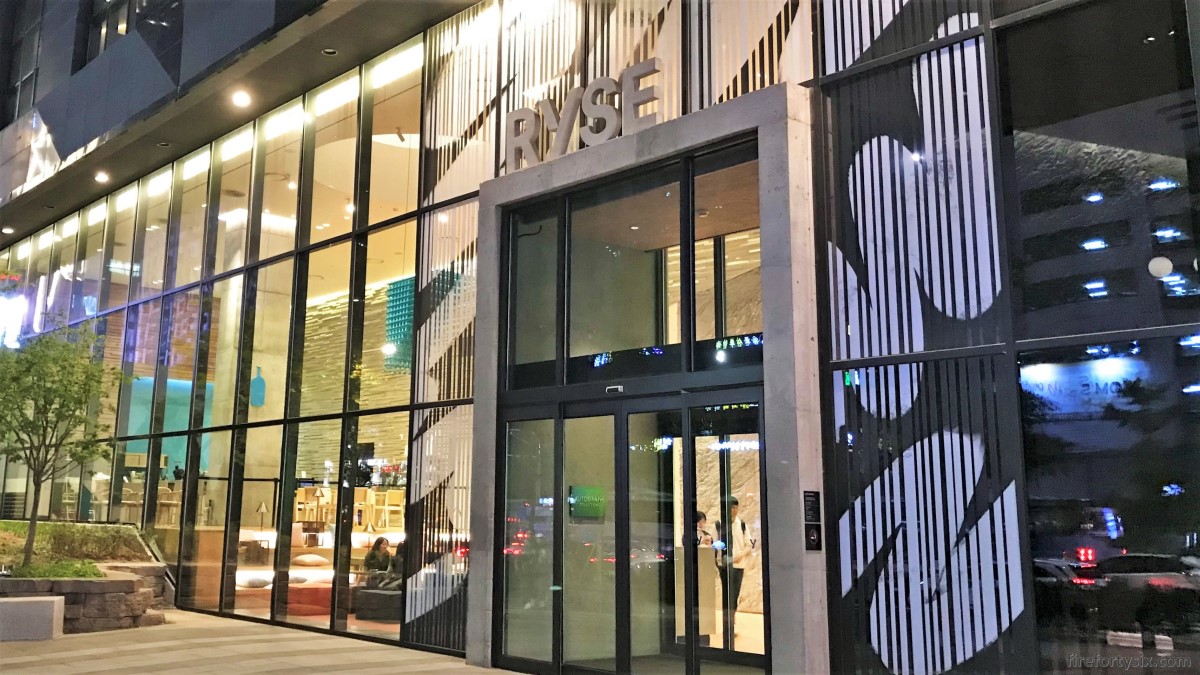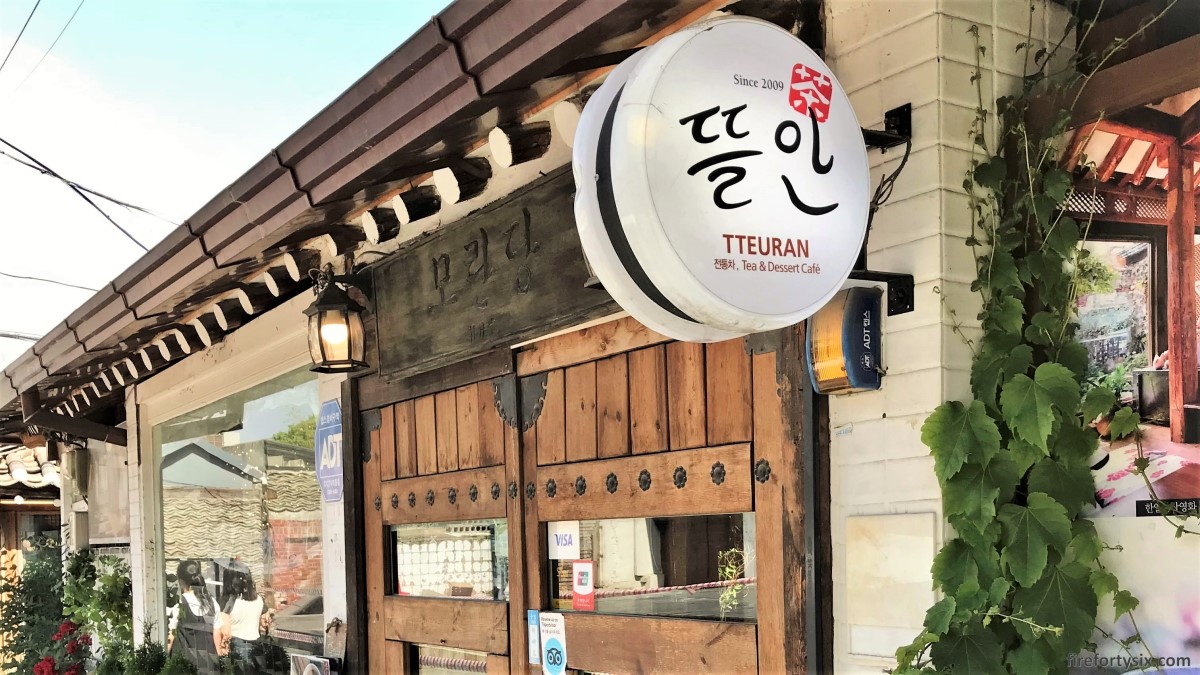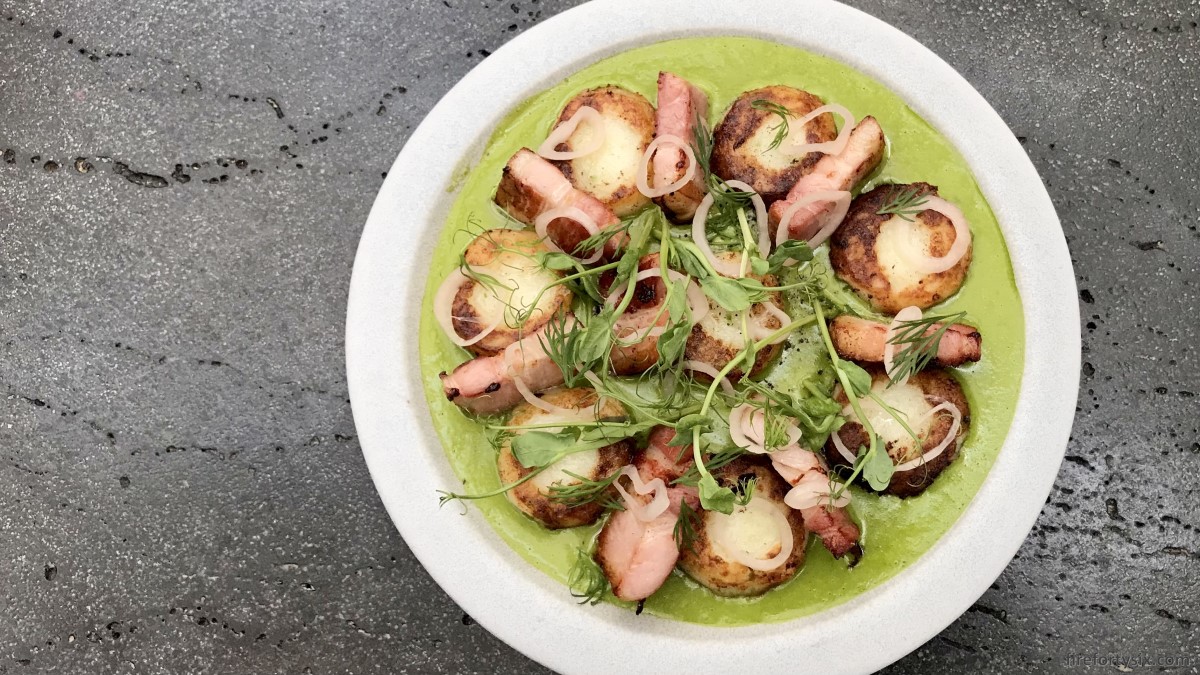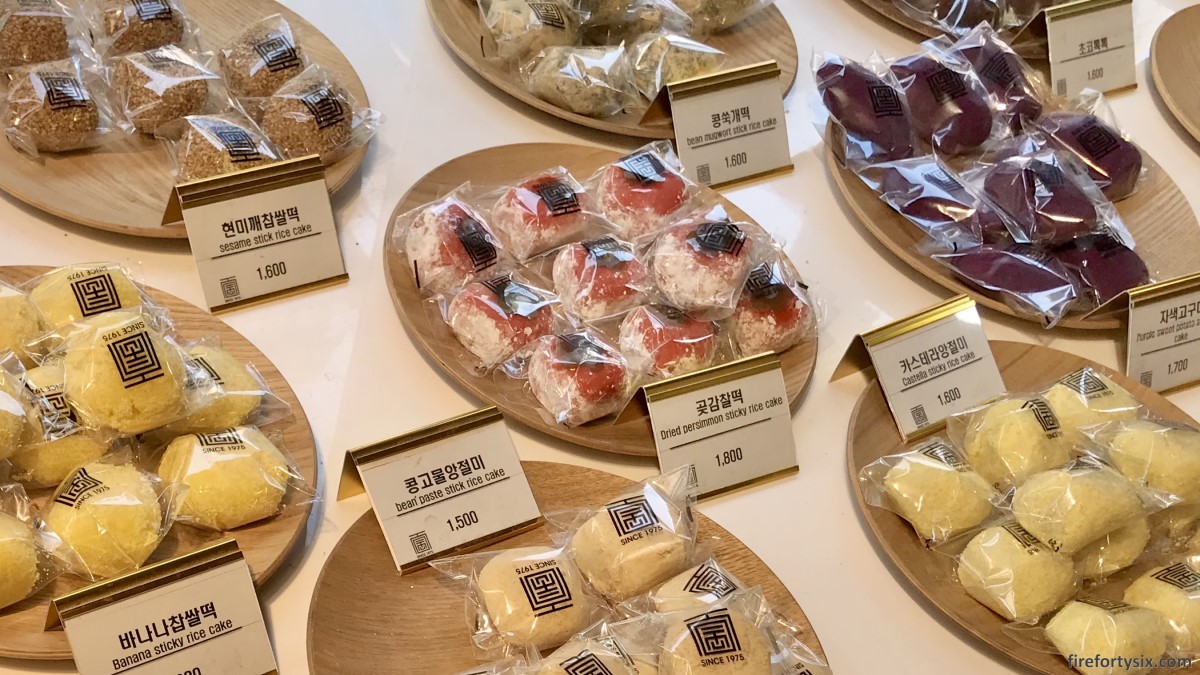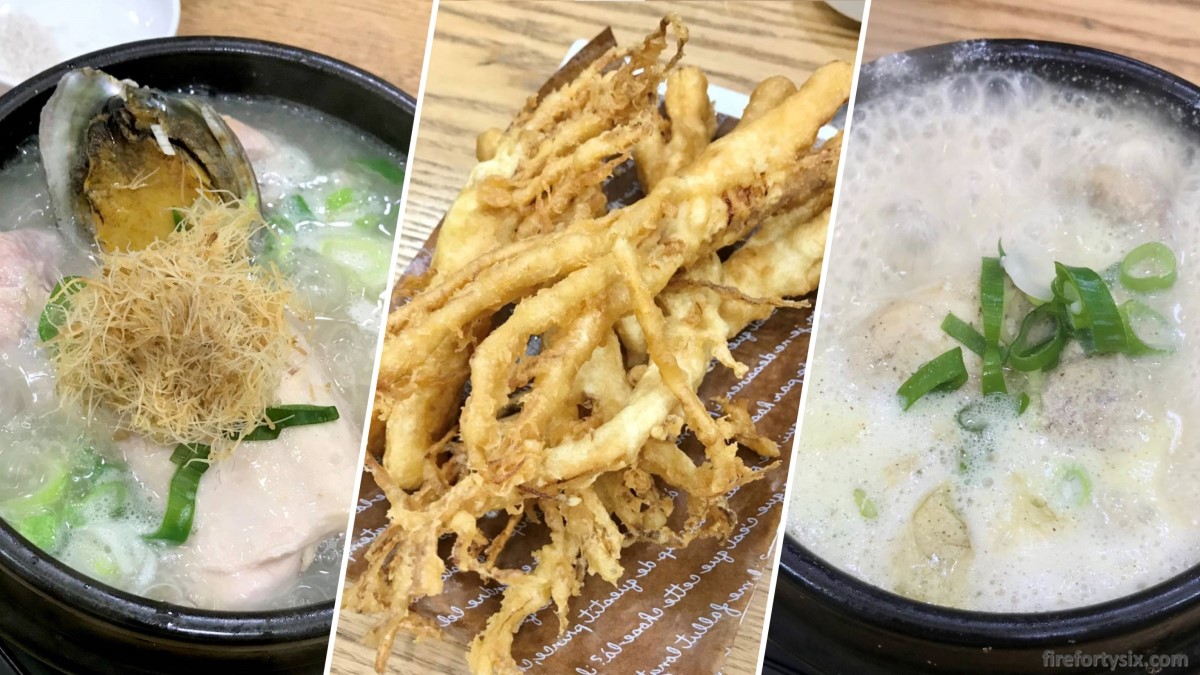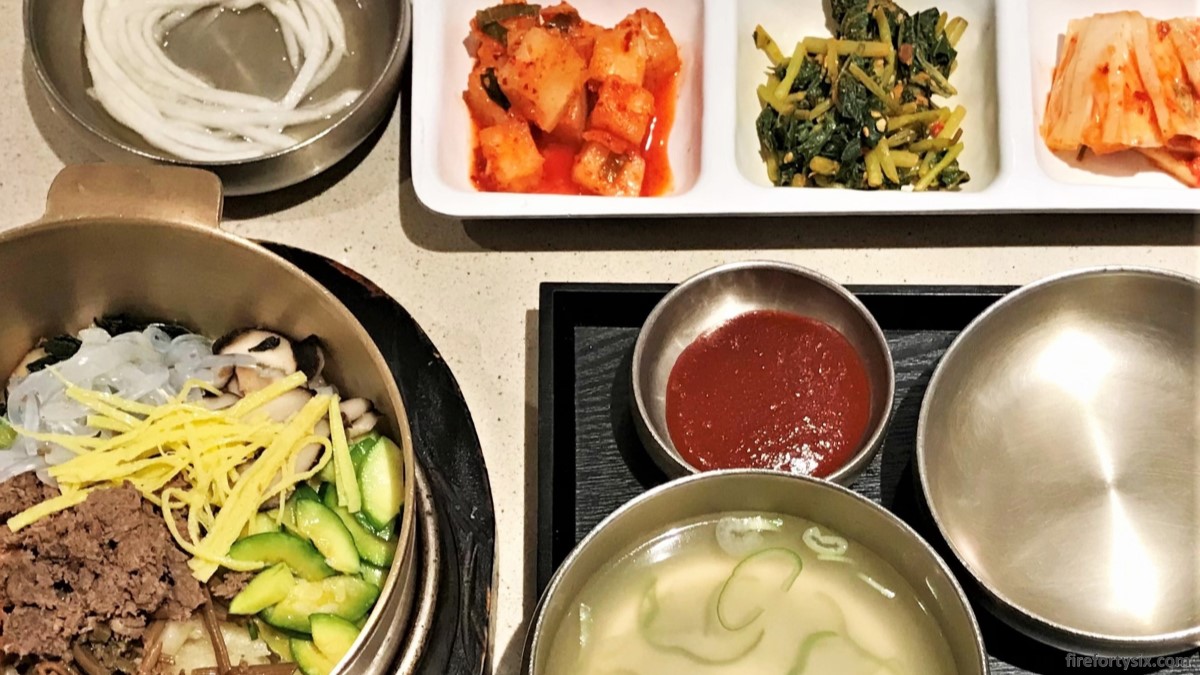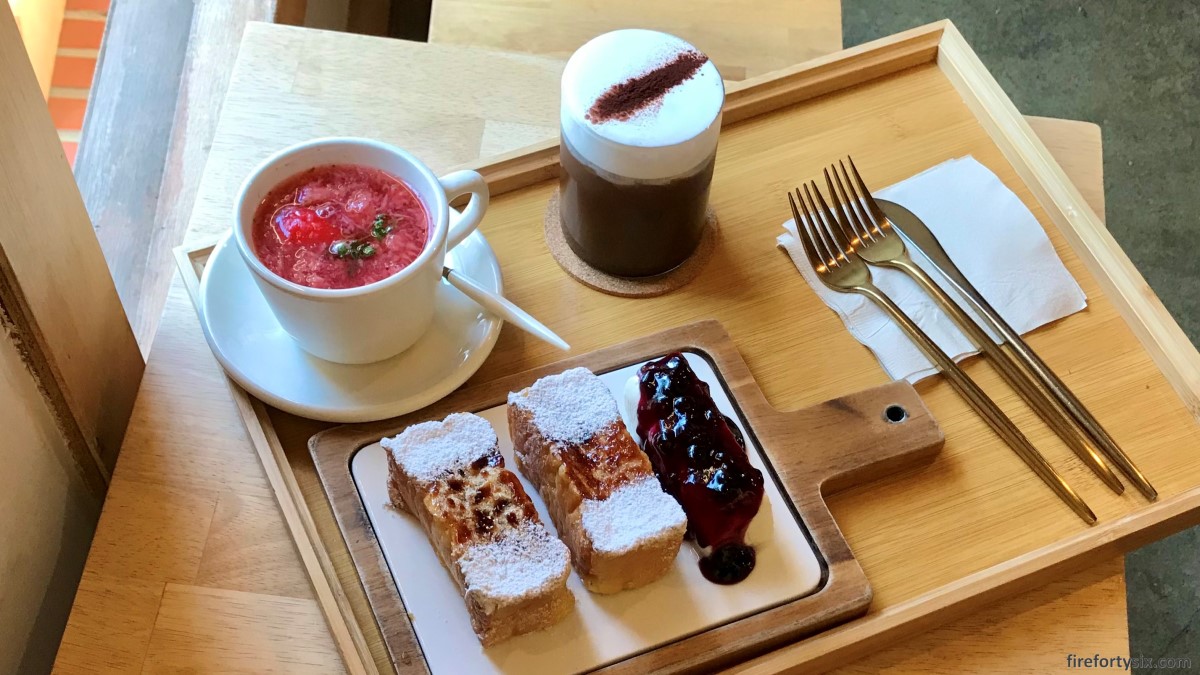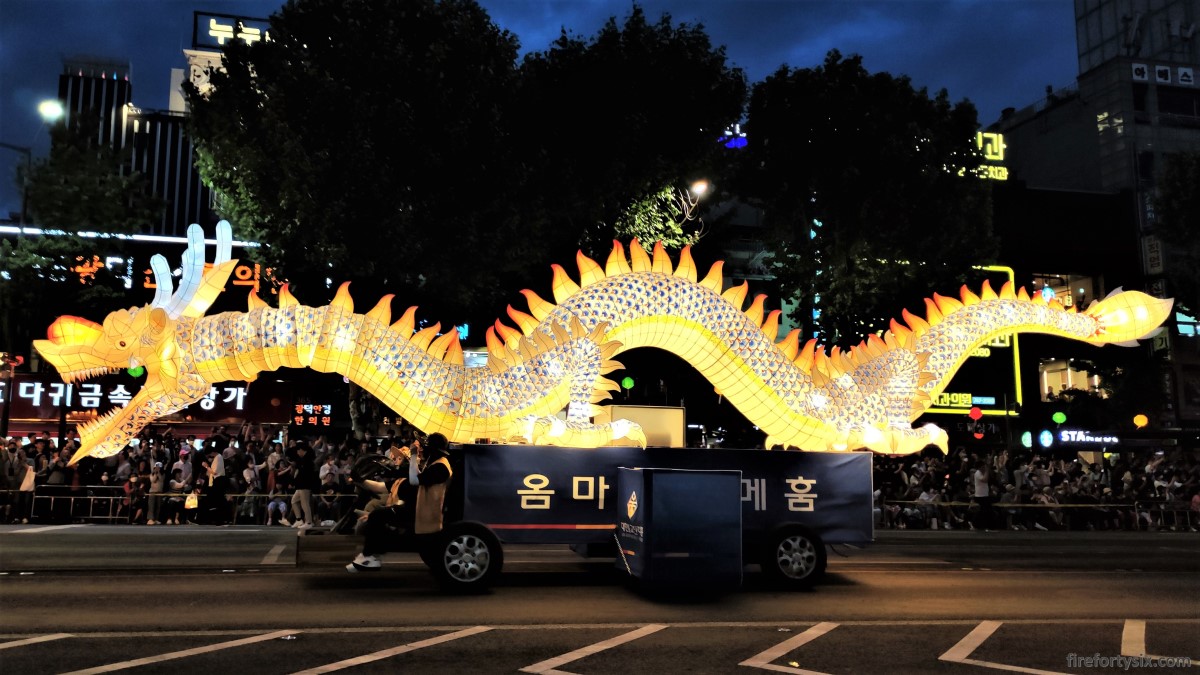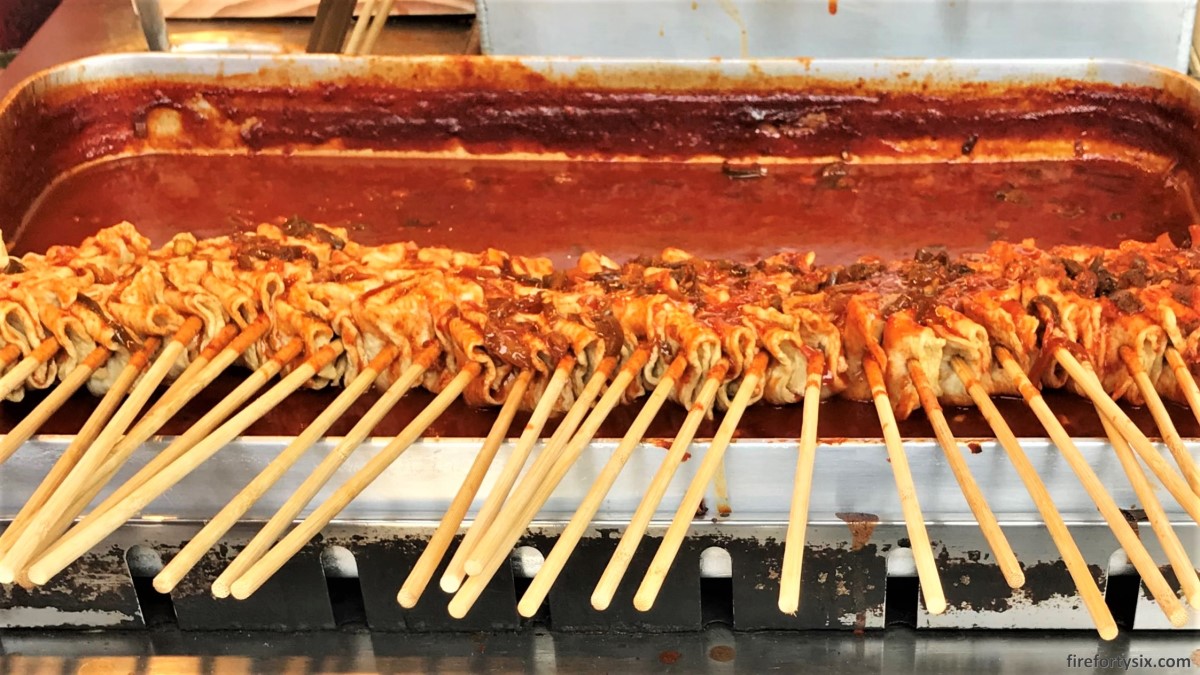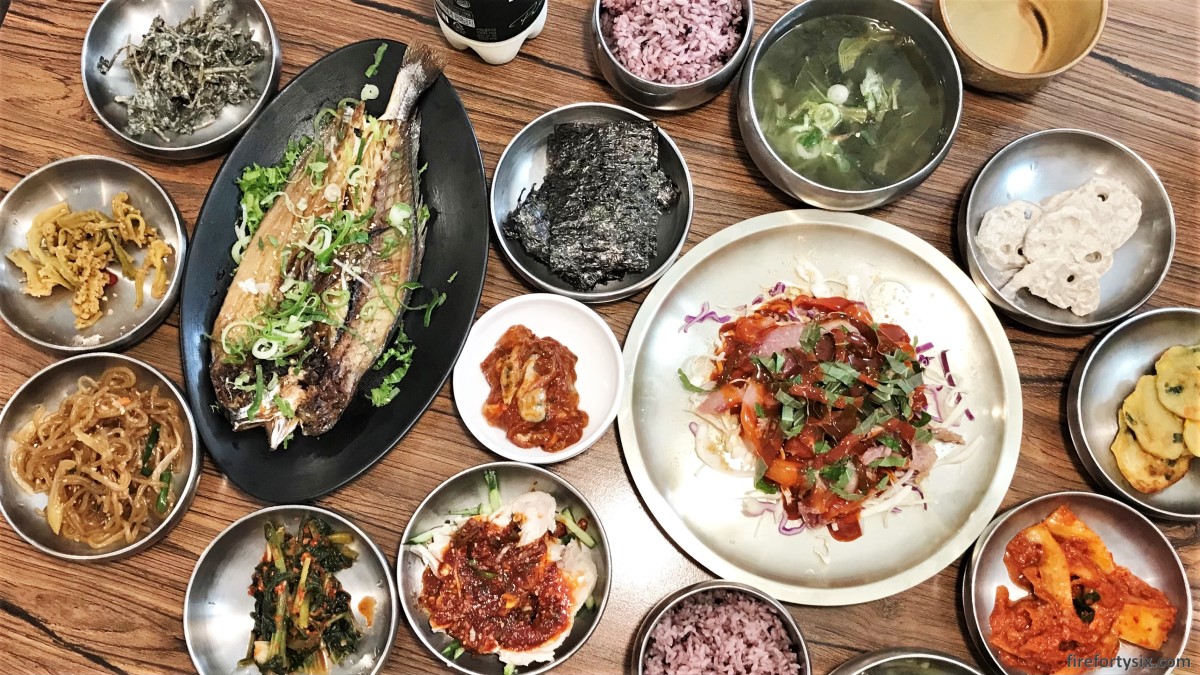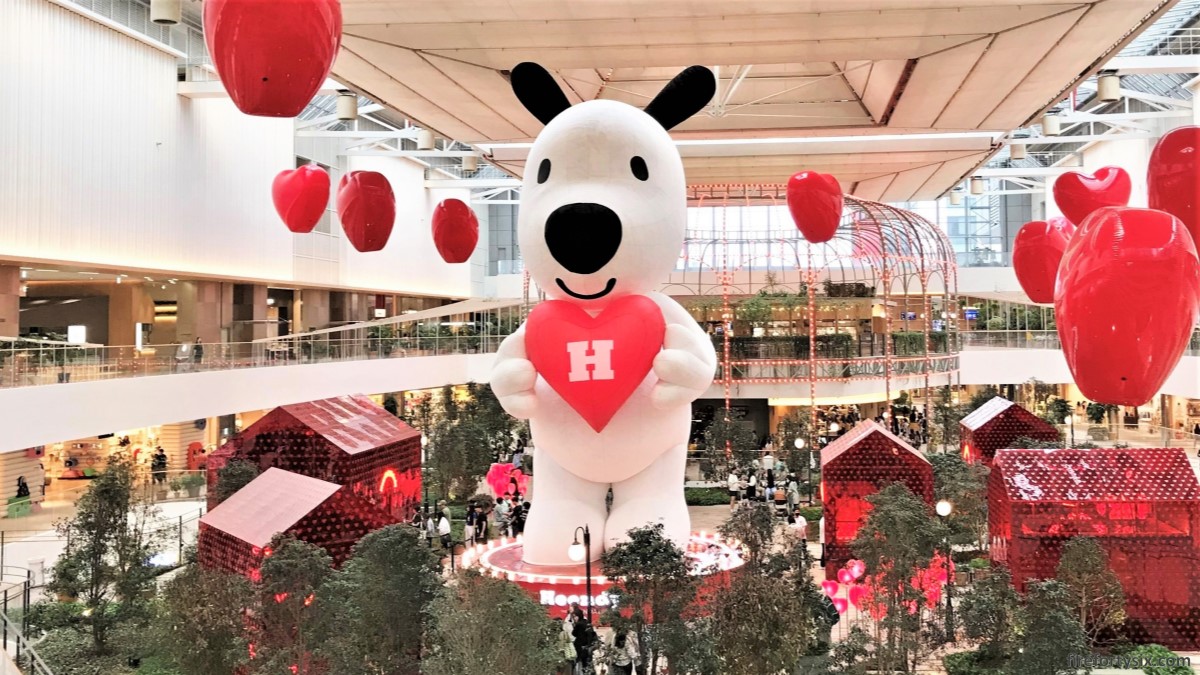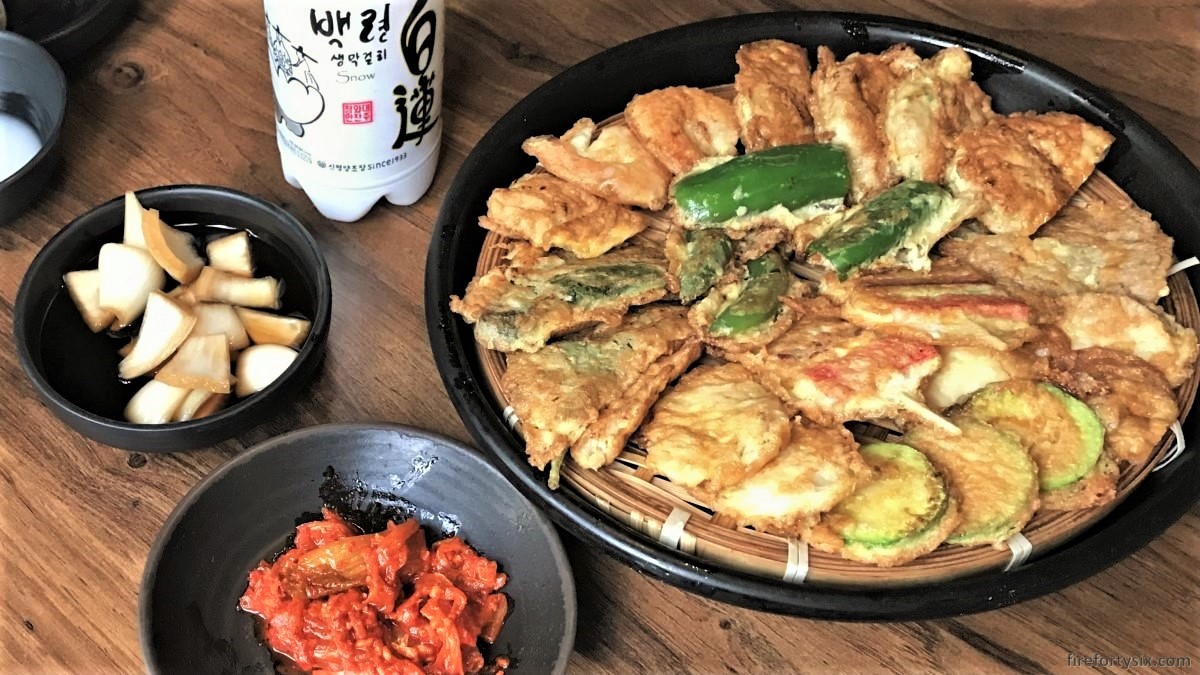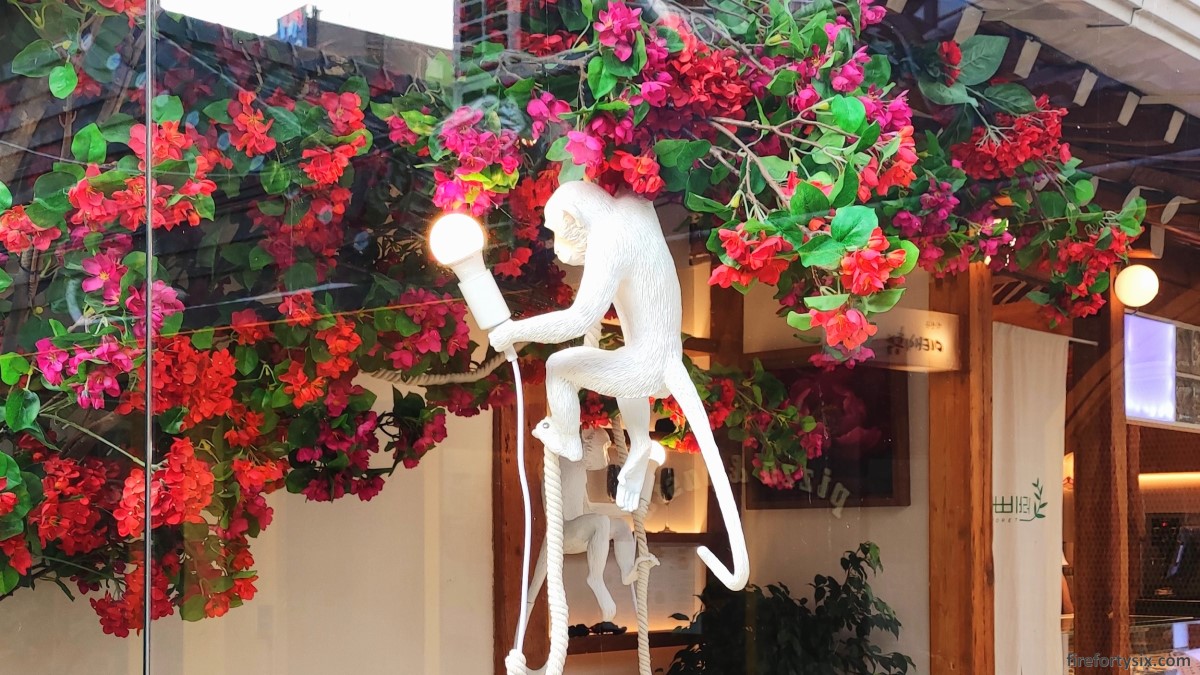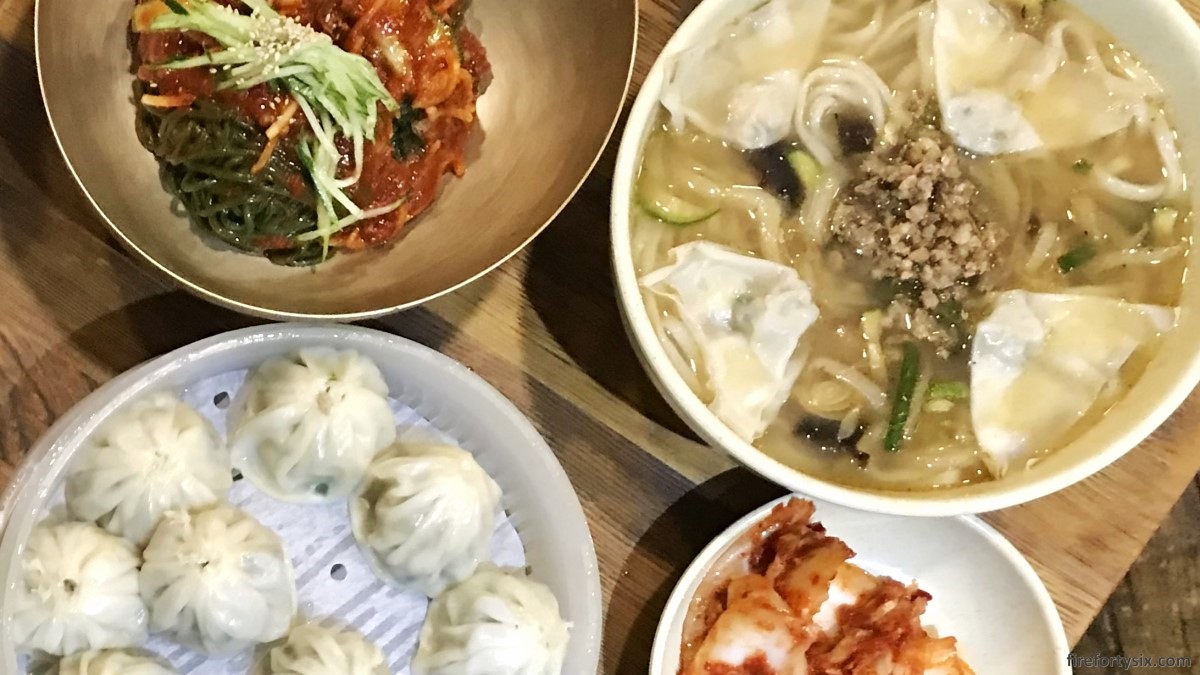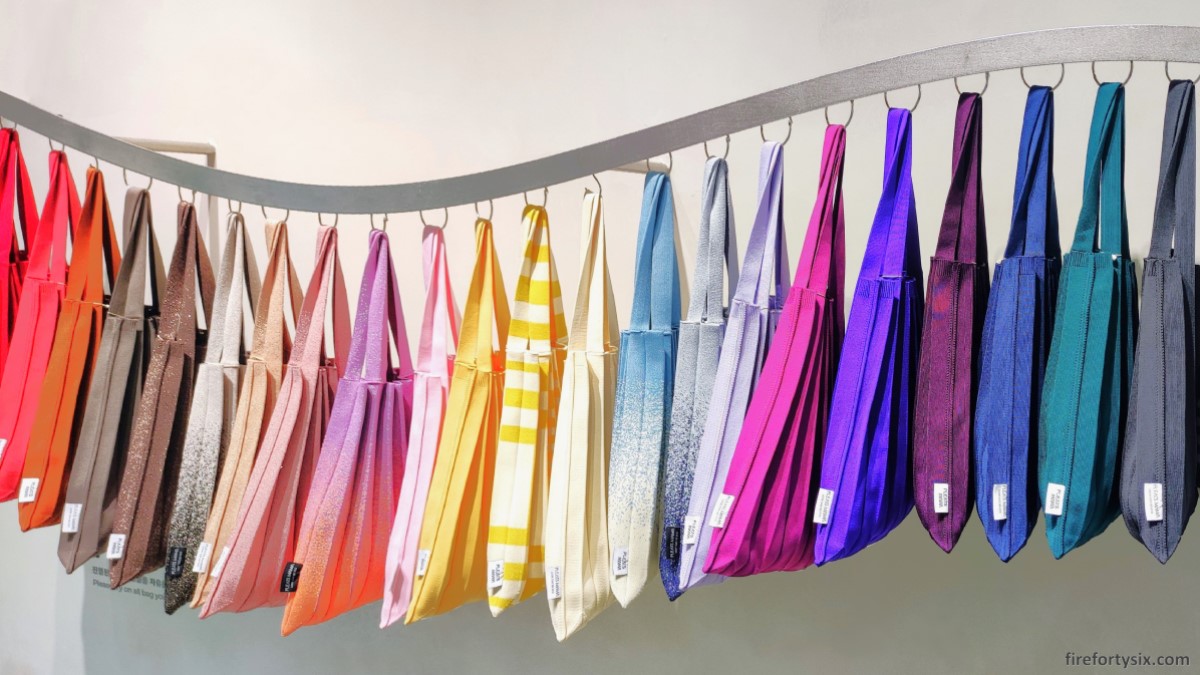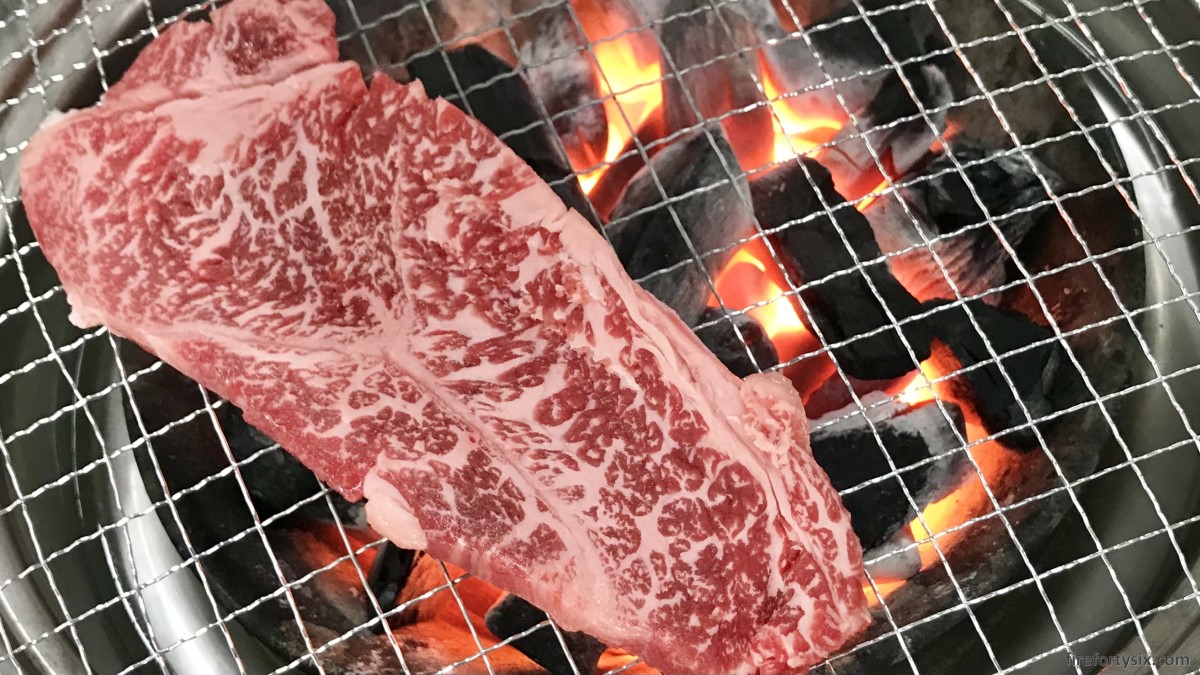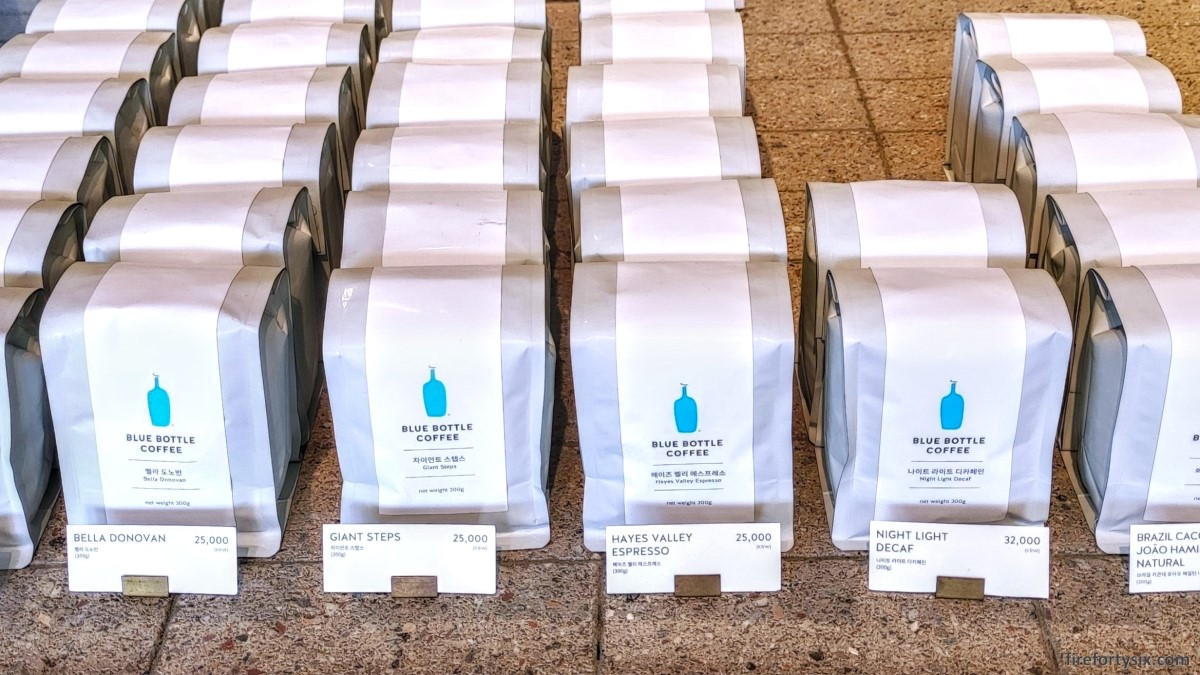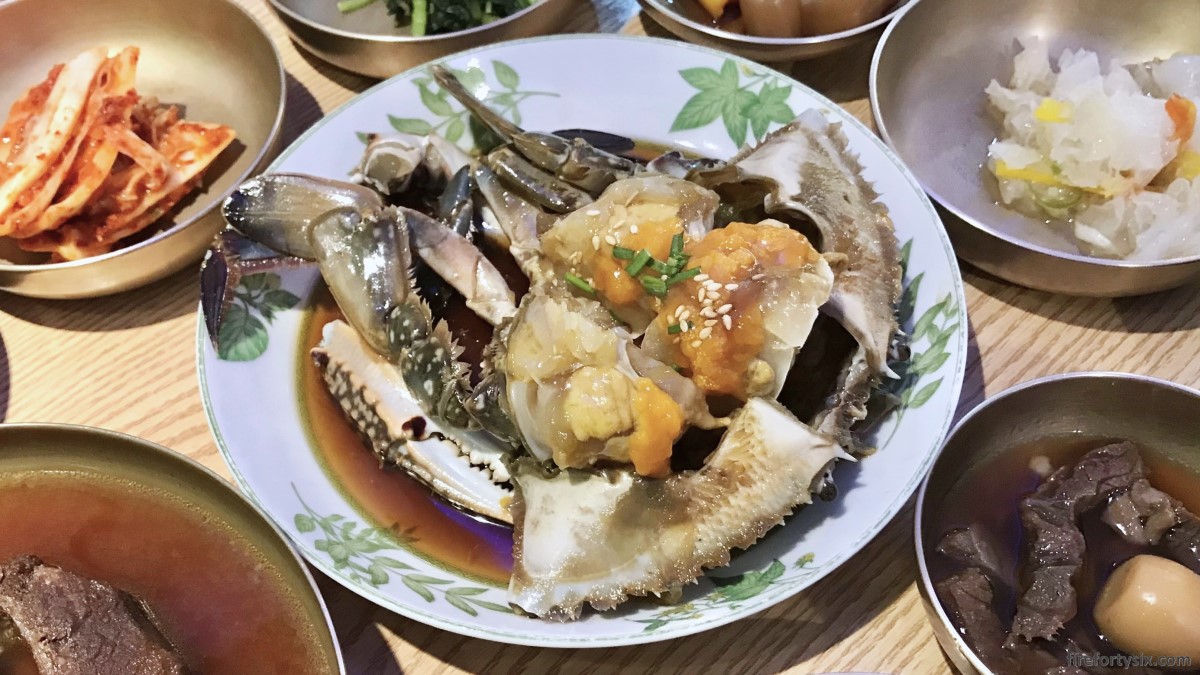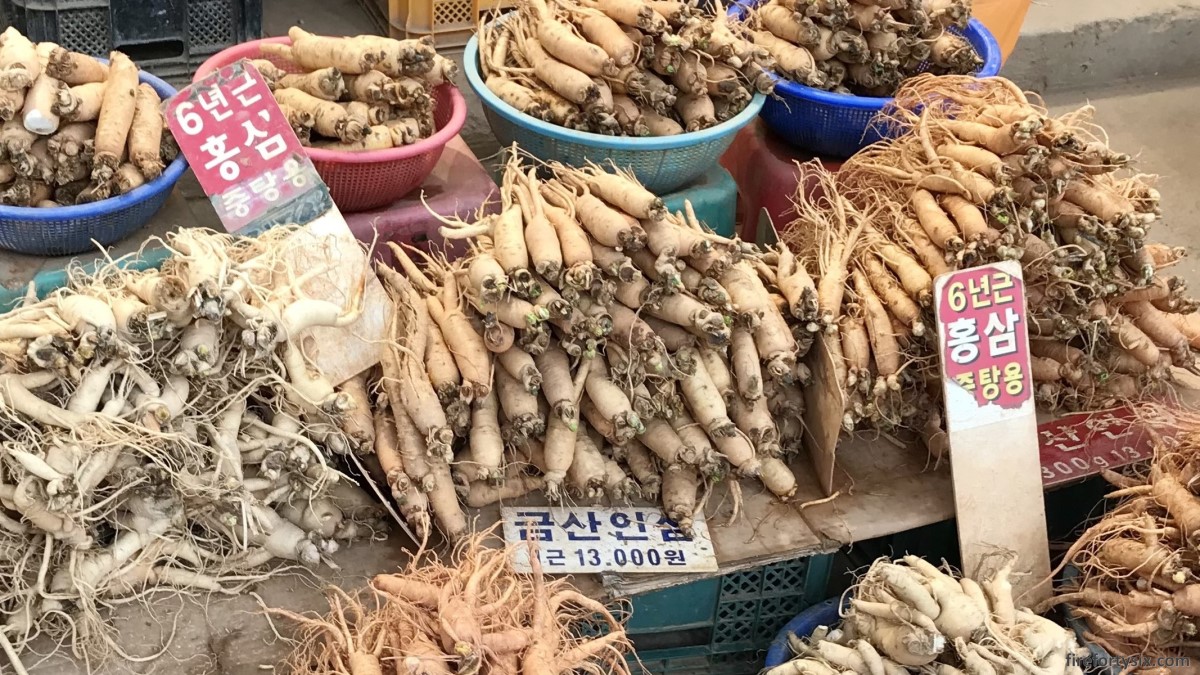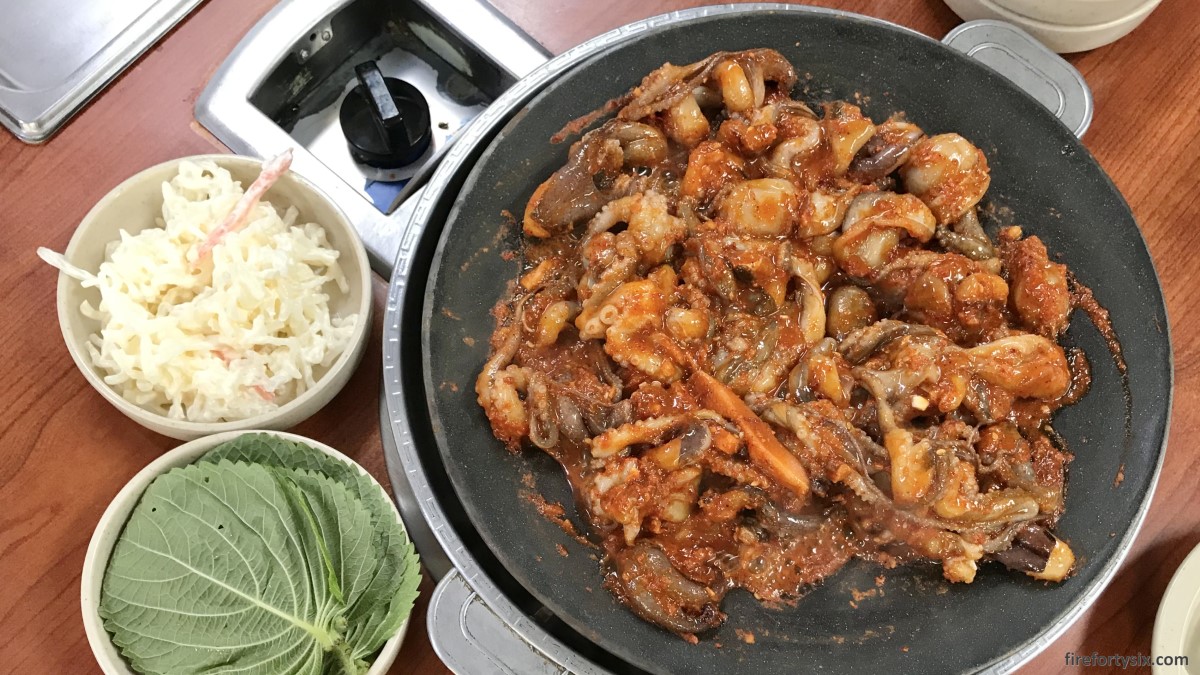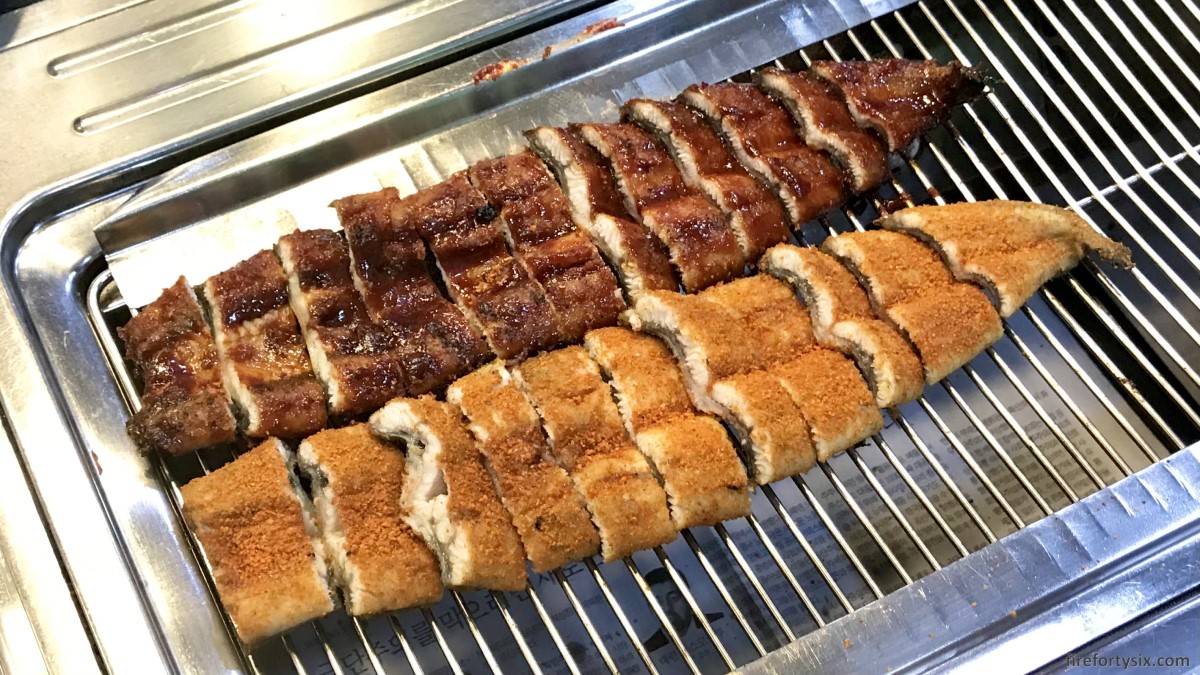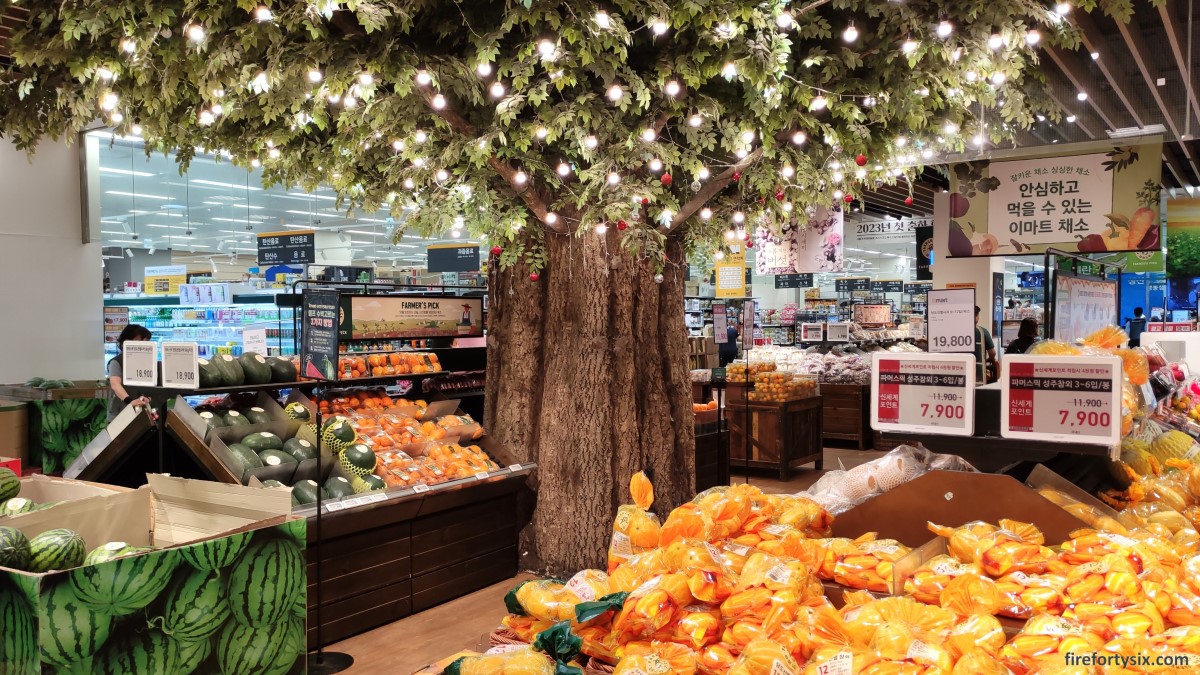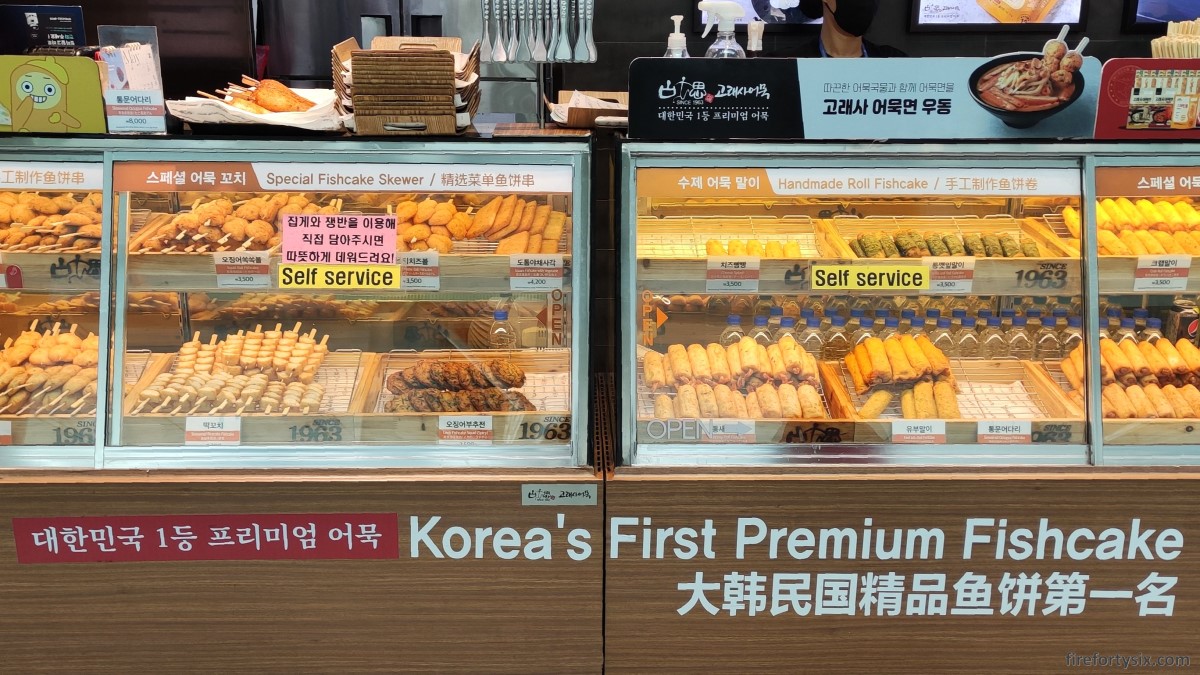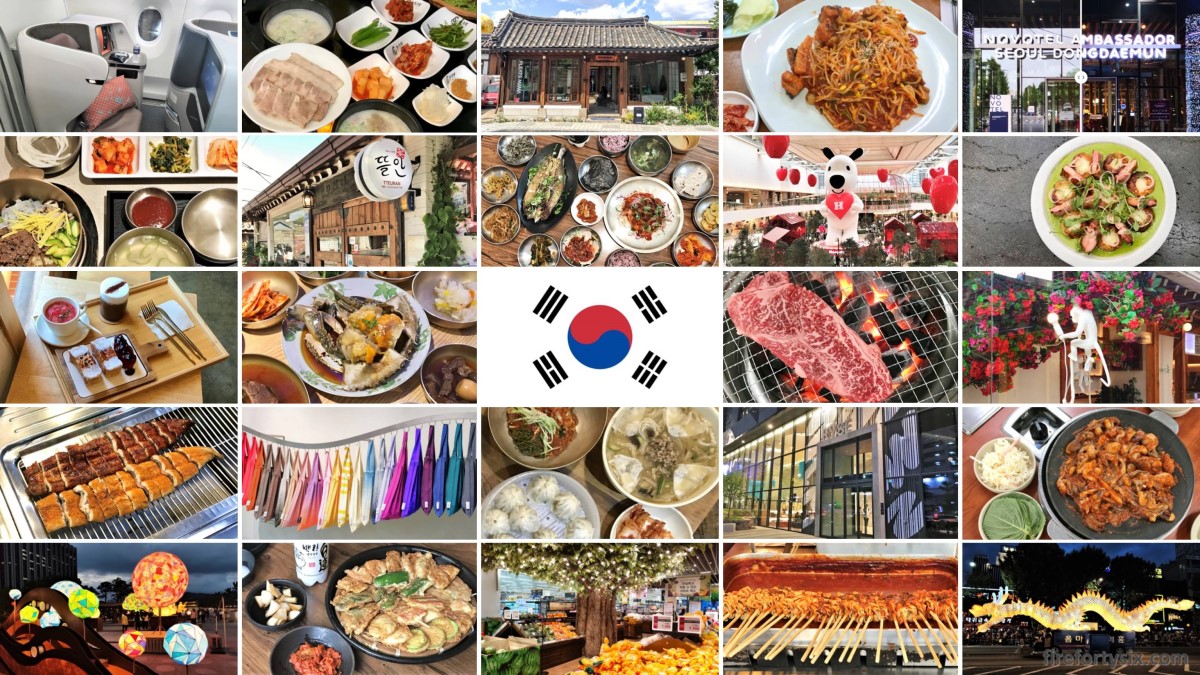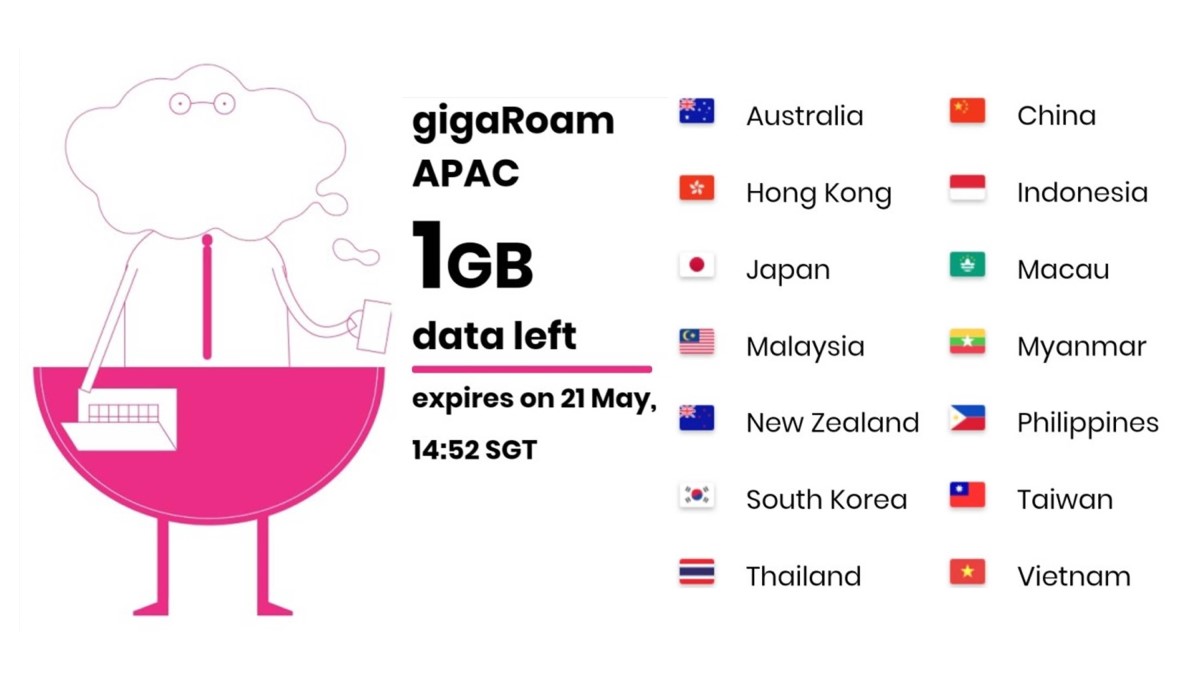I can still remember the precise moment that it happened.
It was day three of our trip to Seoul, and we were having dinner at Hanilkwan in Euljiro. One of our banchan was a simple salad of shredded cabbage and kkaennip (깻잎), tossed in a light vinaigrette.
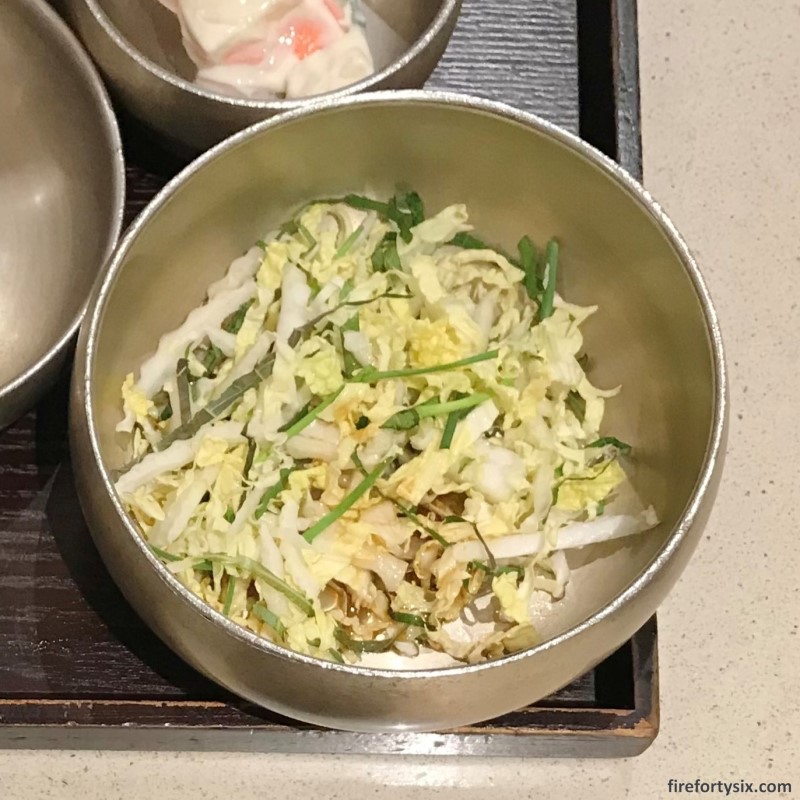
There were only a few slivers of the finely sliced green perilla leaf nestled in the bed of white cabbage, but their presence was unmistakable.
We knew what kkaennip was, of course, due to our steady diet of Korean dramas and food shows. But before this encounter, we had never actually tasted it.
I had always assumed that it was essentially the same as Japanese shiso, a familiar ingredient that we’ve had numerous times before.
Even though their flavours were similar, it was obvious from our first mouthful that kkaennip was not shiso. Both tasted fresh and herby, but the Korean species had a brighter and more exuberant character compared to its Japanese cousin.
After that meal, The Wife made it a point to eat as much kkaennip as possible. Whenever a plate of it was served, she would always wipe them out and ask for seconds.
Towards the tail end of our vacation, as we were exploring Gyeongdong Market, she spotted a vegetable stall that displayed numerous stacks of the bright green leaf.
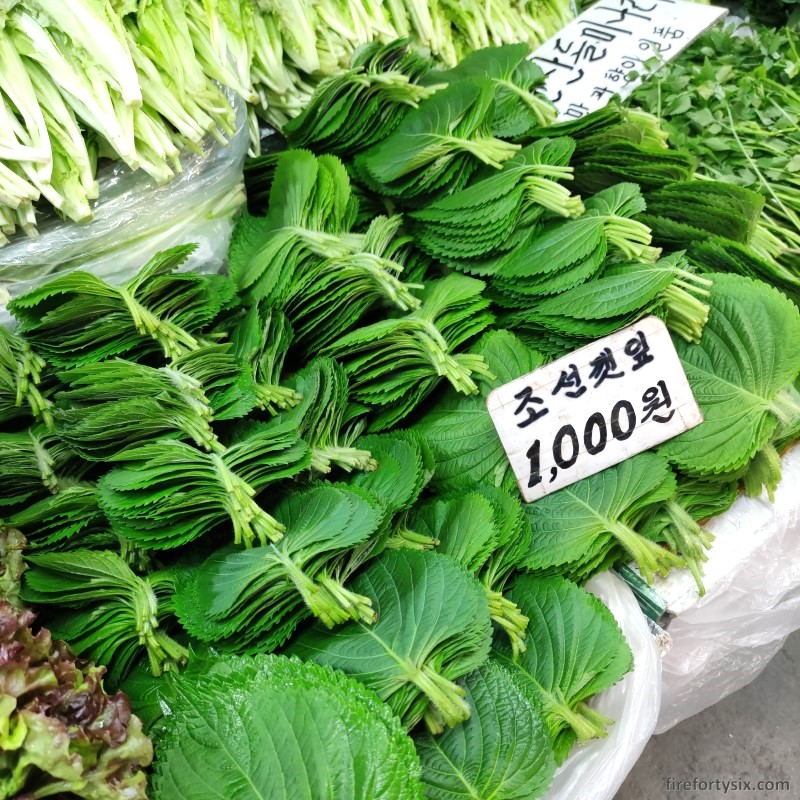
Bundles of 20 pieces were neatly arranged, one on top of another, with each going for only ₩1,000. Her eyes lit up like a kid in a candy store as she picked up five bunches and happily paid the halmoni running the stall.
It was the cheapest souvenir that she would buy during our entire trip, but it was probably the one that gave her the most enjoyment.
The first thing she did when we got home the following night was to safely store her precious stash of 100 leaves in the fridge.
And for the next week or so, she would loving fish out a few pieces, carefully rinse them under the tap, softly pat them dry and figure out what to do.
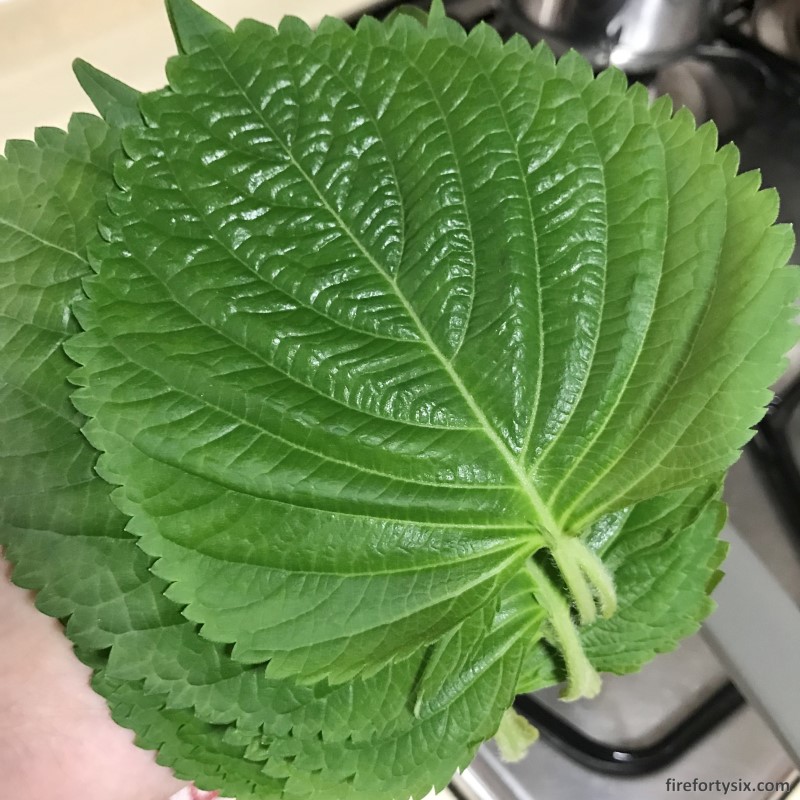
Since we had bought some Goraesa eomuk just before boarding our flight home, the first thing we did was to wrap them up in kkaennip and have eomuk ssam (어묵쌈) for lunch.
It was a quick and simple meal, and the familiar Korean flavours helped ease us back to our daily lives in Singapore after a delightful holiday in Seoul.

The following day, The Wife made a refreshing cold salad using the Korean melons and tomatoes that she had bought from Emart Cheonggyecheon.
Even though the flavour profile was different, it reminded me of the cabbage and kkaennip salad that we had at Hanilkwan. I’m sure that’s what inspired her to come up with the dish.
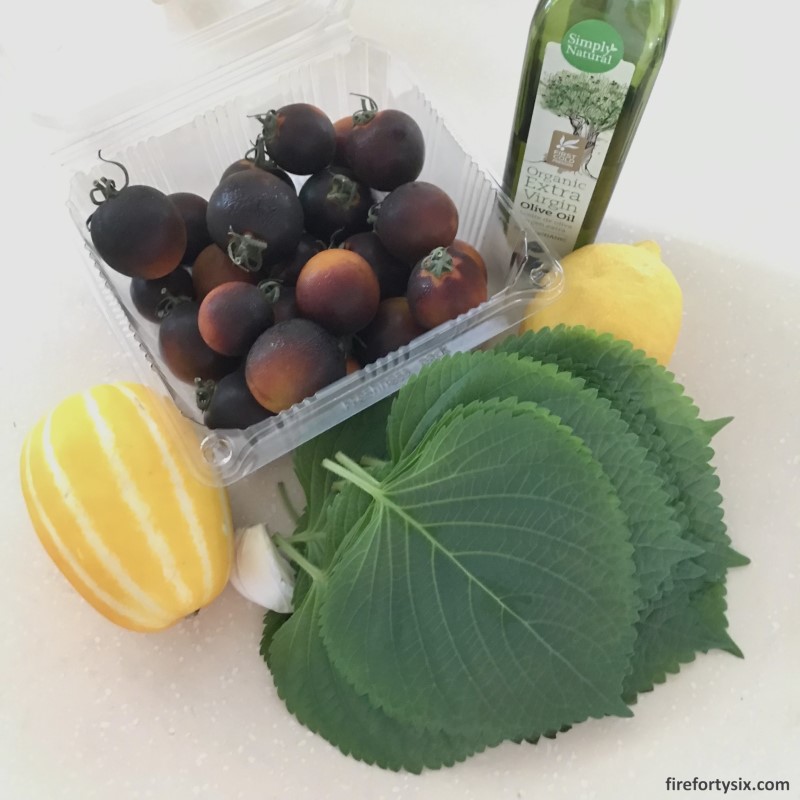
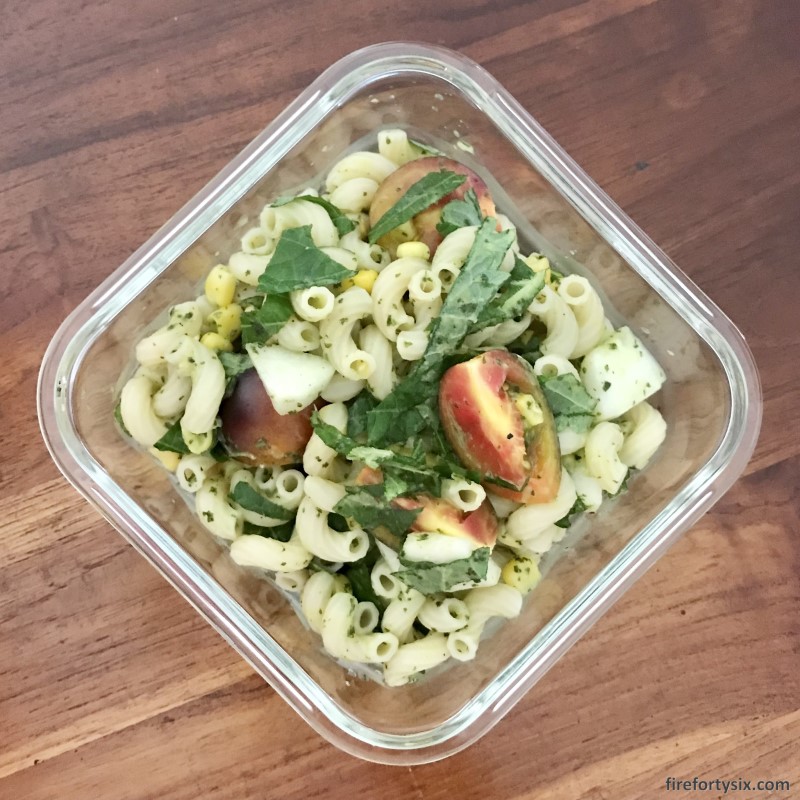
I also contributed to the culinary exploration by suggesting that whole leaves be sandwiched inside our cheese toast, something that we eat fairly frequently as a light dinner.
It sounded a bit weird when I first proposed the idea, but the end result was strangely satisfying. Give it a try at least once, and you’ll see what I mean.
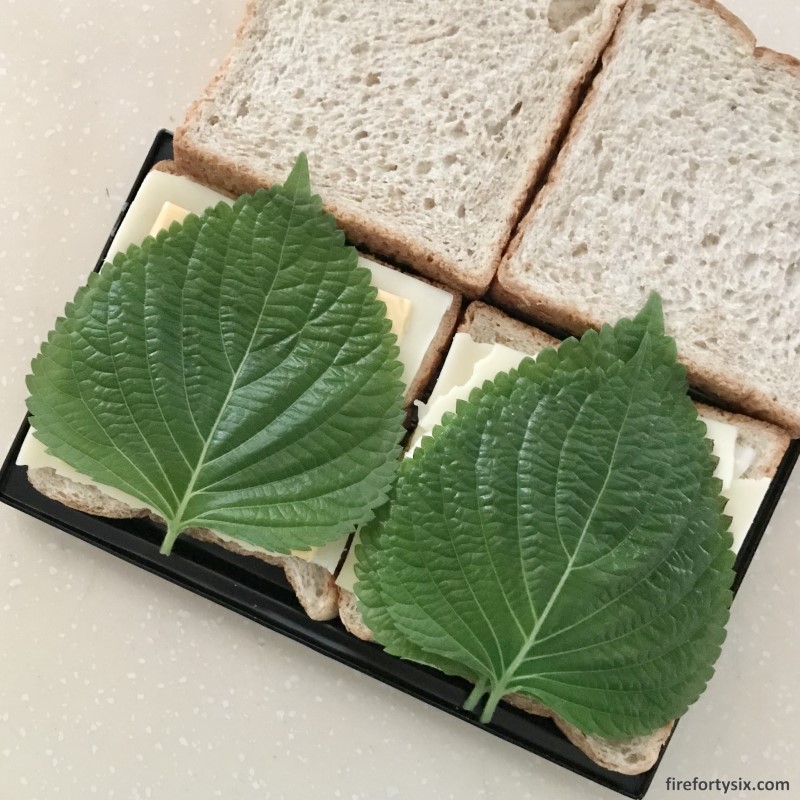
Eventually, we went back to the standard Korean way of using kkaennip — ssam everything! Starting with roast pork from our downstairs wet market, coupled with some tart Jongga kimchi that we always have in our fridge.
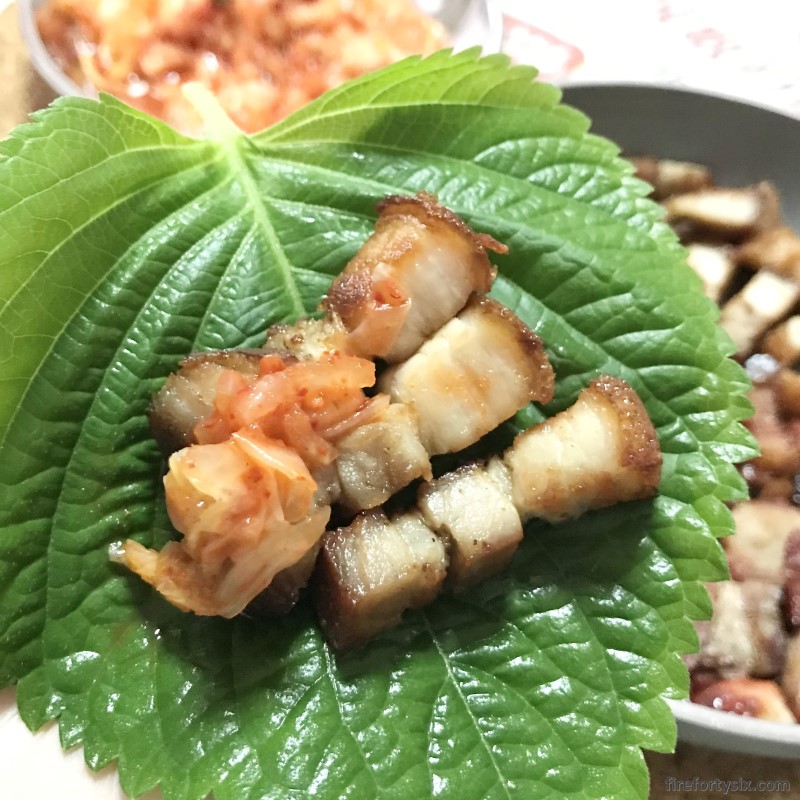
The combination worked so well that we decided to be more adventurous and repeated it using other local Chinese dishes. It was a totally new way of eating cai png from our neighbourhood economic rice stall.

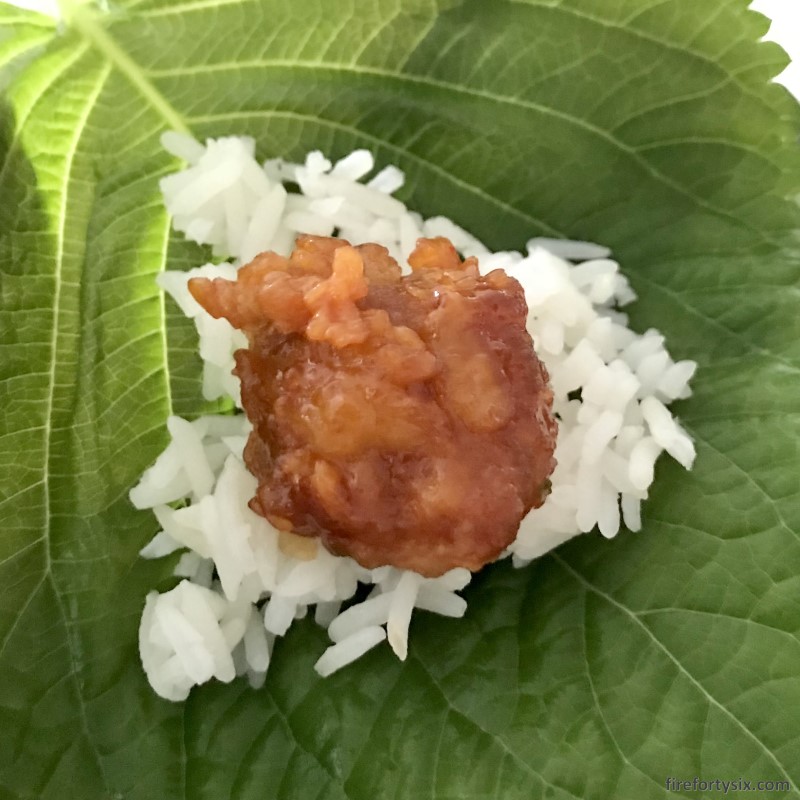
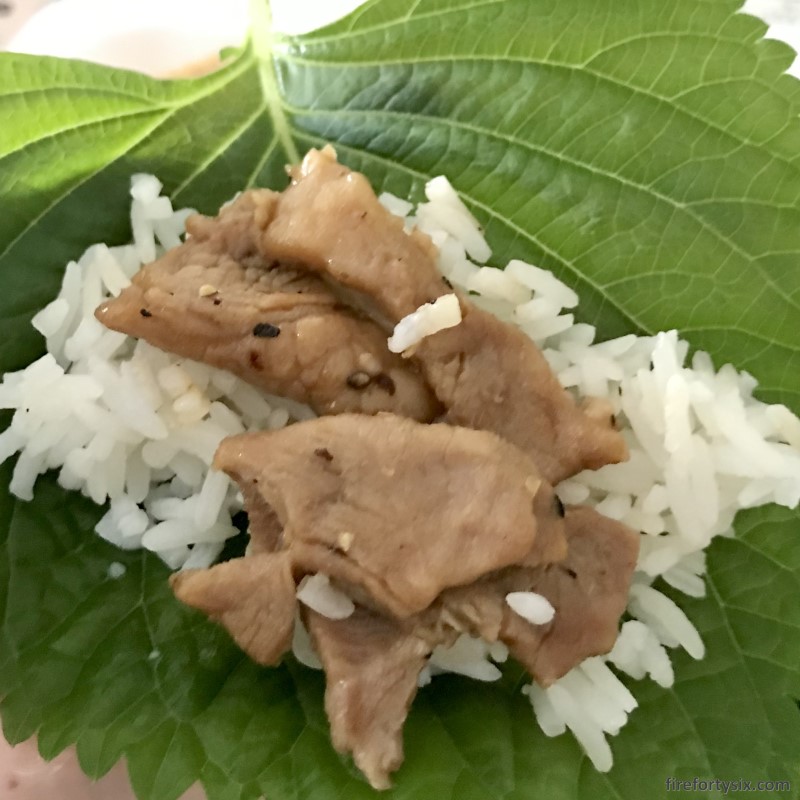
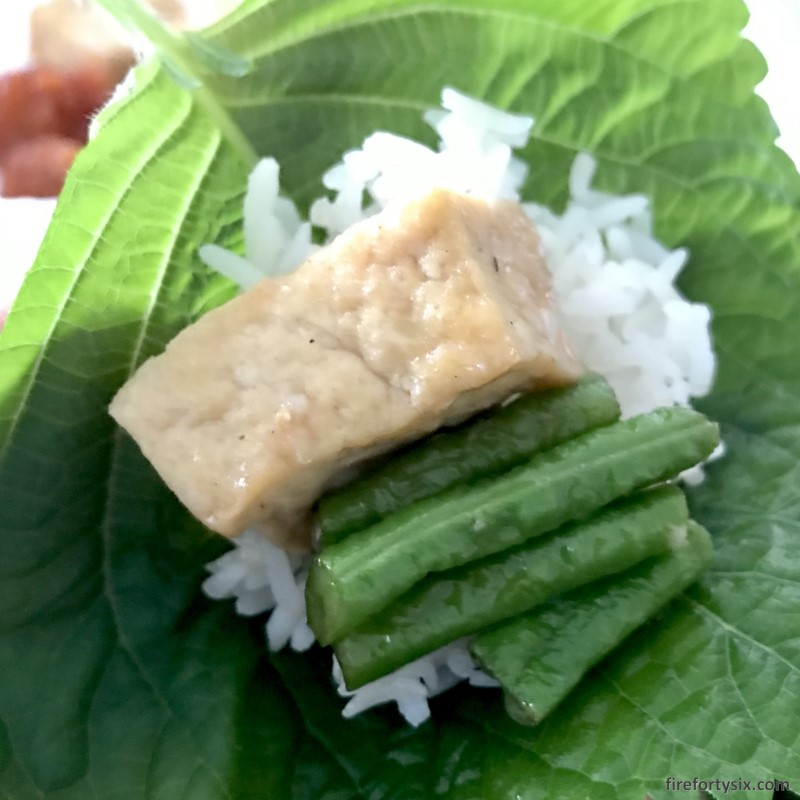
Then we went really left field and tried it out with fried carrot cake sticks, and even satay beehoon. Our conclusion from all this experimentation was that everything tastes good when wrapped in fresh kkaennip.
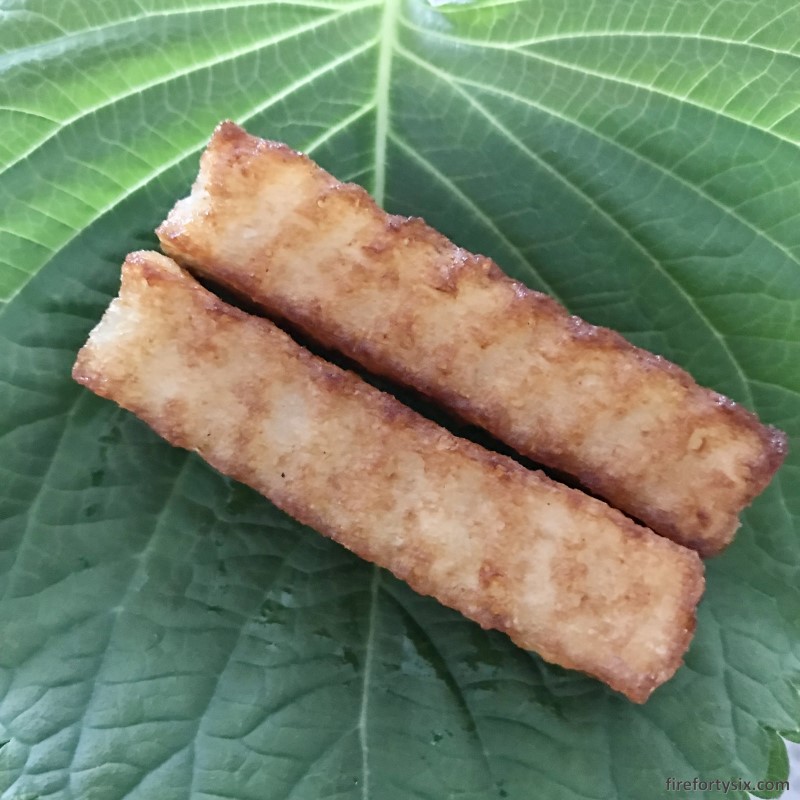
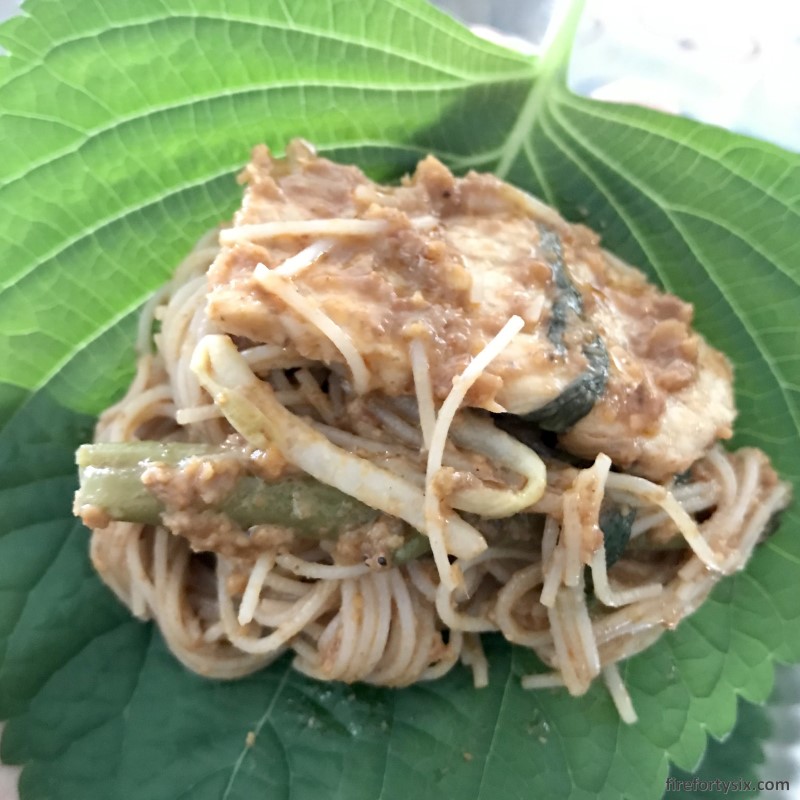
We would have gladly continued to ssam everything, except for the fact that our finite supply of kkaennip quickly ran out.
They occasionally appear on the shelves of grocery stores in Singapore, including Koryo Mart and even local supermarkets like Fairprice. However, the ones we’ve seen all looked quite sad.
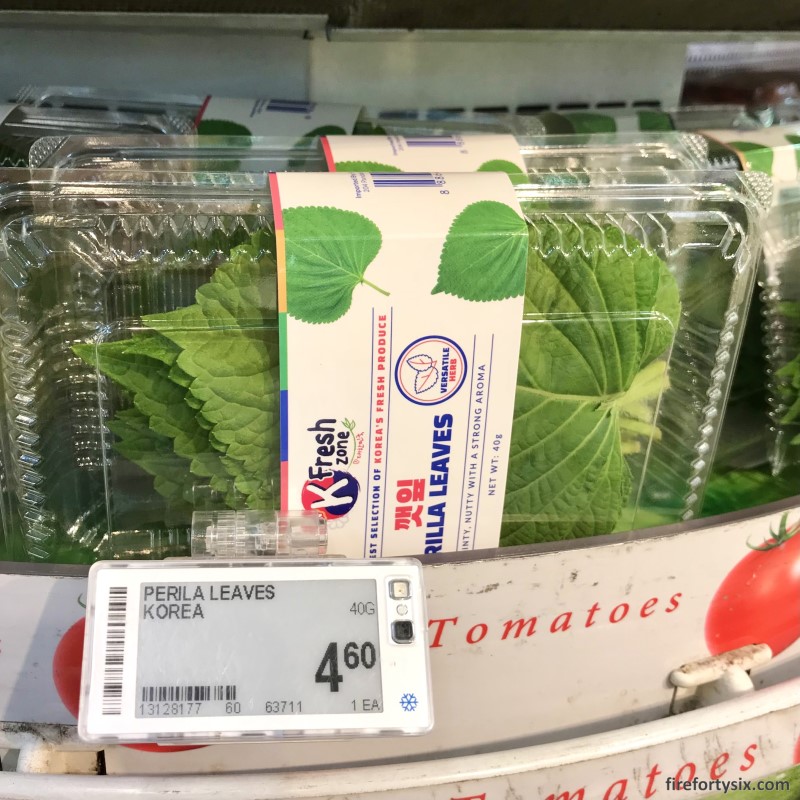

It didn’t stop The Wife from buying some home to try, but the experience was less than satisfying.
They were missing the bright and vibrant flavour that she had come to love, and were a pale copy of the ones we had.
I guess she’ll just have to deal with her withdrawal symptoms until the next time we’re back in South Korea.
